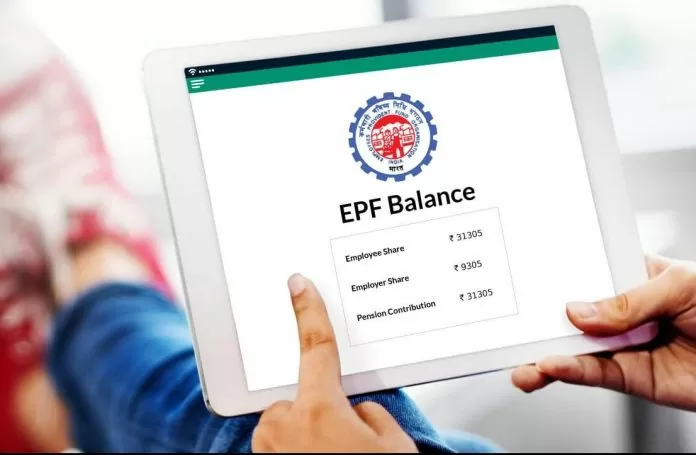
The Central government on Wednesday tabled before Parliament a pilot study conducted for toll tax collection with the help of satellite-based navigation system. In a written reply in the Rajya Sabha, Union Road Transport and Highways Minister Nitin Gadkari said the concept was implemented on a pilot basis on Bengaluru-Mysore section of National Highway-275 and Panipat-Hisar section of National Highway-709 (old National Highway-71A).
The minister informed the Upper House that the Central government has decided to implement Global Navigation Satellite System (GNSS) based Electronic Toll Collection (ETC) system initially on a pilot basis on select sections of National Highways in addition to the existing FASTag facility. GNSS is a catch-all term for satellite-based navigation systems such as GPS and GLONASS.
Also Read : NPS Changed rules: Salaried will get more tax saving benefits, know everything
Gadkari had earlier said that the National Highways Authority of India (NHAI) plans to integrate the GNSS-based ETC system with the FASTag ecosystem. In the initial phase, a hybrid model will be used, in which both RFID-based ETC and GNSS-based ETC will operate simultaneously.
He also told Parliament that the project proposes dedicated lanes for vehicles using GNSS-based ETC to pass freely. As GNSS-based ETC becomes more widespread, all lanes will eventually be converted to GNSS lanes, news agency ANI reported.
Benefits of GPS-based toll collection
- GNSS-based toll collection is a hassle-free method. Commuters are expected to be charged based on the distance travelled on that particular highway section.
- The implementation of GNSS-based electronic toll collection in India is expected to facilitate smooth movement of vehicles on national highways. It is planned to provide several benefits to highway users, including barrier-free, free-of-charge tolling, which will be distance-based.
- GNSS-based toll collection is also expected to reduce leakages and check toll evaders.







